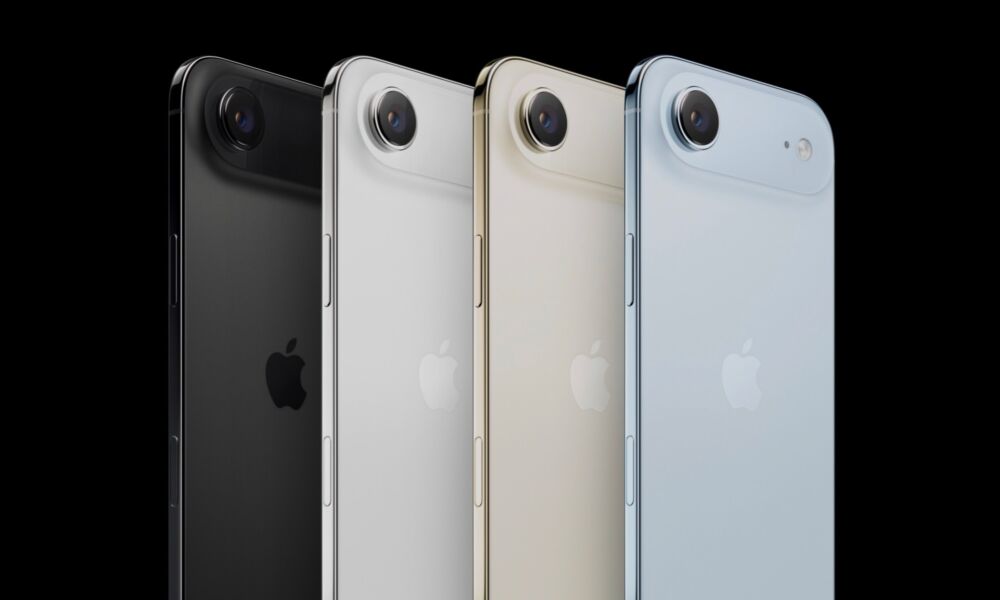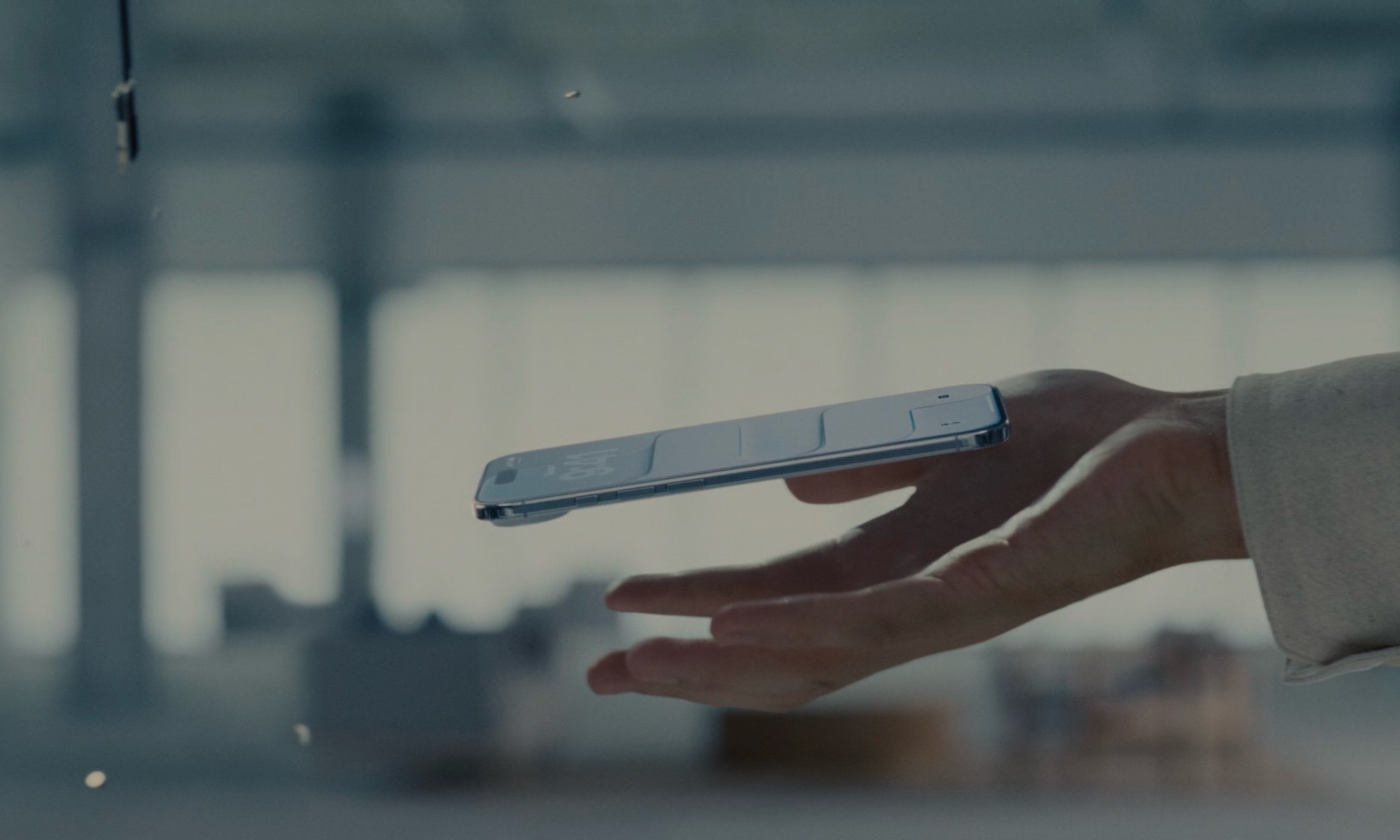9 Smaller iPhone Air Details Worth Considering

This year’s iPhone event heralded what’s arguably the biggest redesign of the iPhone Pro lineup that we’ve ever seen. However, what really stole the show was a new model with such a radically new design that Apple set it apart by leaving it unnumbered from the rest of its 2025 lineup.
Although rumors of Apple’s work on a slimmer iPhone go back to early 2024, reports were mixed on exactly how thin it would be. What we actually got, at 5.6 mm, was definitely on the lower end of those predictions, which generally ran between 5.5 and 6.25 mm. Still, anything in that range would have been incredible, considering that the slimmest iPhone that Apple had ever made before the iPhone Air was the 2014 iPhone 6, which came in at 6.9 mm.
Despite everything we’d already heard about Apple’s svelte new iPhone, it was still magical to see the company actually unveil it. It was every bit as slim as everyone hoped for, and had the single camera that had been widely rumored since the start. However, Apple also surprised us by not only showing off the elegant design, but also explaining how it had packed all the electronics into the camera bump — what it now calls the “plateau” — leaving the rest of the body to be occupied almost entirely by battery.
It’s an incredible feat of engineering, and while it may not be the feature-laden sort of “innovation” that many folks crave, there’s no arguing that Apple has moved the needle ahead where it counts. However, the iPhone Air also feels like an interesting combination of both niche and prototype. It was ostensibly brought in to fill a gap left by the now-discontinued iPhone Plus, which hadn’t sold much better than the ill-fated iPhone mini, but it’s not strictly a replacement for those. Instead, it’s something entirely different.
That’s probably why Apple isn’t calling it the “iPhone 17 Air.” It’s not simply another iPhone 17, but the start of a whole new generation. It’s an open question when (or if) we’ll see a sequel, but many pundits are already pointing out that what we’re actually seeing is the first half of the long-rumored iPhone Fold, so it’s possible this may end up being merely a stepping stone on that journey.
Still, the iPhone Fold is at least a year away. The iPhone Air is here now, and it’s a tempting proposition for many folks, as it delivers much of the power of the iPhone 17 Pro in a package that compromises mostly on cameras and battery life to create the slimmest iPhone ever made. That makes it worth a closer look for many who don’t need the advanced photographic capabilities of Apple’s pricier Pro models, but still want something that’s a notch above the standard iPhone 17.
The key phrase in the above paragraph is that the iPhone Air mostly compromises on cameras and battery life. Those are the changes that will be readily apparent at first glance. However, read on for 9 subtle things that you’ll want to take into account if you’re considering the iPhone Air.

